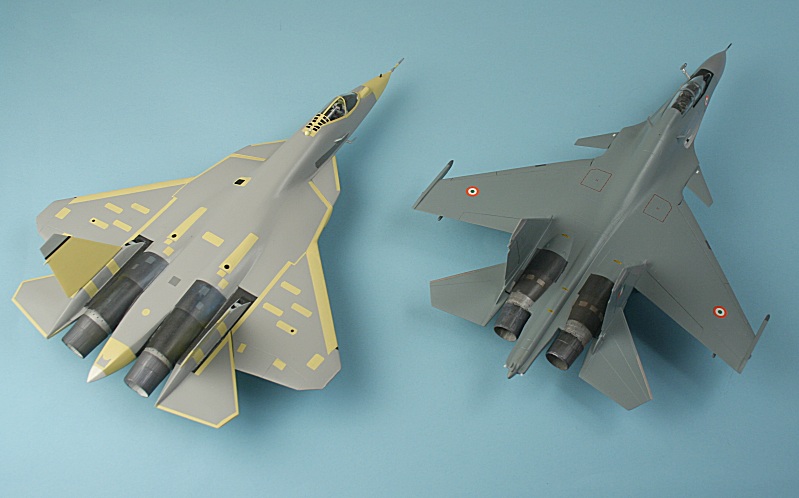Engineer
Major
They provide pitch control, the best fighter is not because it has canards or LEVCONS but the one that has the best combination and the best tactics, any way in the PAKFA video the Sukhoi engineers say LEVCONS have their advantages over canards
The question is, does LEVCON provide more pitch control over canard? You spoke of experimental data but you clearly lack such data to give an affirmative answer. Better means doing more, and when LEVCON cannot provide the same pitch authority as long-coupled canard, than LEVCON is doing less than canard thus is not better.







